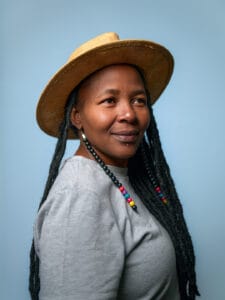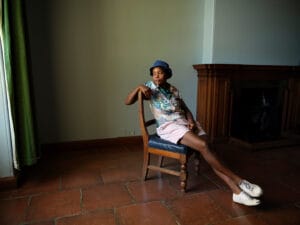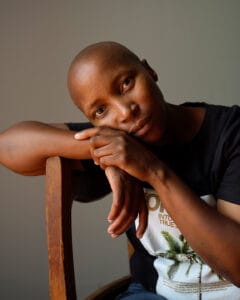What Media Can Learn from the HIV Book Renaissance
Just as Ted Kerr was about to publish his book, We Are Having This Conversation Now with his co-writer Alexandra Juhasz in 2022, he realized that many authors happened to be publishing work about HIV. Kerr had been keeping track of films and TV about AIDS for at least a decade prior to the publication of this book, which is about cultural production around the epidemic. Beginning 2008, Kerr and Juhasz noticed an uptick in stories about HIV being told, a period they call “AIDS Crisis Revisitation.” They call that era, between the advent of effective HIV medication and the late 2000s “The Second Silence,” a moment when stories about AIDS reached a nadir.
After he realized that many other books were wrestling with AIDS, as well, he sought the help of friends and colleagues to compile a list of books about AIDS written since the beginning of the COVID-19 pandemic. In just those four years, the list so far has acknowledged at least 75 books, representing a range of academic fiction, nonfiction, poetry, and from a range of presses, including mainstream and independent presses and self-published work. “It shows me that people are still invested and have a compulsion to create AIDS media,” Kerr said. “And that we need it.”
The list of books stands in opposition to other media, such as television, in which the number of characters living with HIV has dwindled in comparison to other recent years. In some, HIV-positive people are front and center, while in others, they are supporting characters. Some examine the crisis, or aspects of the crisis, from an academic lens or through a poetic lens. After compiling the list, Kerr created an event that brought together both people who filled out the list as well as people who appeared on it to have a conversation. “I think HIV response is best when we are working together, when we are working across disciplines, and when we are aware of other people doing work,” he said. “Even if we don’t agree with it or even if we don’t understand it, we build on each other’s strengths.”
Two themes emerge from the list. First, people looking to nuance history around AIDS with stories that focus on people who might be left out of early representations, including people of color, women, people who use drugs, Indigenous peoples. This shows that we can stand to augment ideas about who is affected by HIV. “For people living with HIV, it is every day, in every second, every minute,” Kerr said. “For people who are on PrEP, it is an everyday experience, for those of us who are in the movement, we’re thinking about it every day.”
He added, “It doesn’t necessarily need to be the main character. It doesn’t need to be the main plot line. I think it can be a meaningful thread. You get more bang for your buck when you understand that it is part of the fabric of our lives.”
The second was that, influenced by COVID-19, people had a greater desire to put HIV into context alongside other illnesses and epidemics. “Misinformation and disinformation is rampant when it comes to AIDS. This results in people not getting tested, not trusting the effectiveness of their life saving medication,” he said.
“Responsible media helps pushback against lies, stigma and ignorance. It normalizes the complexity and beauty of LGBTQIA existence, including the role HIV plays in our lives.”
GLAAD’s work with Gilead Sciences used our Where We Are on TV study to call on networks and streamers to introduce three (3) new characters living with HIV each year on broadcast, cable, and streaming primetime scripted programming. While the challenge was met last year with eight characters living with HIV, all of those characters were on limited or canceled series and none returned. In the 2023- 24 Where We Are on TV study all networks and studios failed this challenge, as only one new LGBTQ character was introduced living with HIV. And, that character is also featured on a limited series, and is not set to return to screen next year.












